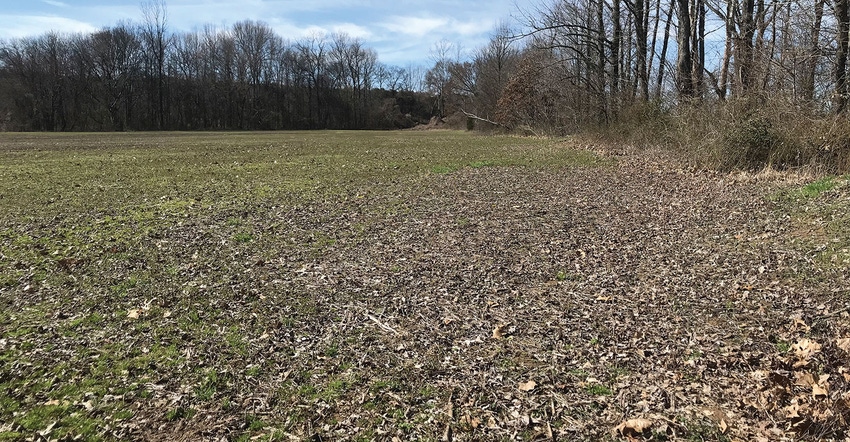March 17, 2019

In past decades, researchers have revealed many connections between water bodies and adjacent landscapes. Much attention has been given to how soil, water, nutrients, pollutants — and energy, in general — move from land to nearby water bodies in runoff.
A wealth of research outlines the importance of resources moving from land to water to support productive, thriving ecosystems and fisheries. In more recent decades, research has also highlighted the sometimes negative impacts of human land uses to water bodies, such as agricultural or urban runoff impacts to downstream water bodies. In these cases, the water body is always the receiver of inputs or resources from the surrounding landscape.
Emerging research highlights the less commonly discussed flow of resources from streams to surrounding landscapes. One of example of this movement of resources is the potential flow of adult insects and services they provide from streams to agricultural landscapes. New research highlights how aquatic insects that spend their early lives in streams can potentially benefit agriculture in the form of pollination, fertilization and controlling pest insects through biological control as adults.
Important characteristics of streams that support a diverse community of aquatic insects include having adequate shade from trees and shrubs to help reduce high temperatures, which can decrease diversity when temperatures become extreme.
Other important factors include adequate water flow through the system and enough natural materials like rocks, twigs and logs that provide habitat for aquatic bugs.
Recent research takes into account a few potential considerations, such as how much of a contributor are aquatic insects to pollination compared to other known pollinators such as bees.
Another consideration would be, if 10 percent of an aquatic insect’s mass is nitrogen, how many insects would it take to have a substantial impact on soil fertility? Most agricultural producers rely on fertilizers brought in from sources outside of the farm system to grow crops, like nitrogen, phosphorus and potassium.
A 2019 research article published in Agriculture, Ecosystems & Environment makes an interesting case for how healthy streams can be of service to our agricultural systems in ways that science is just beginning to quantify. It’s interesting to consider all of the different ways nature moves energy and resources around, and the article highlights one way healthy ecosystems can support healthy communities.
For more information about conservation, contact Beth Baker with the Research and Education to Advance Conservation and Habitat program at Mississippi State University at (662) 325-7491 or [email protected].
About the Author(s)
You May Also Like




